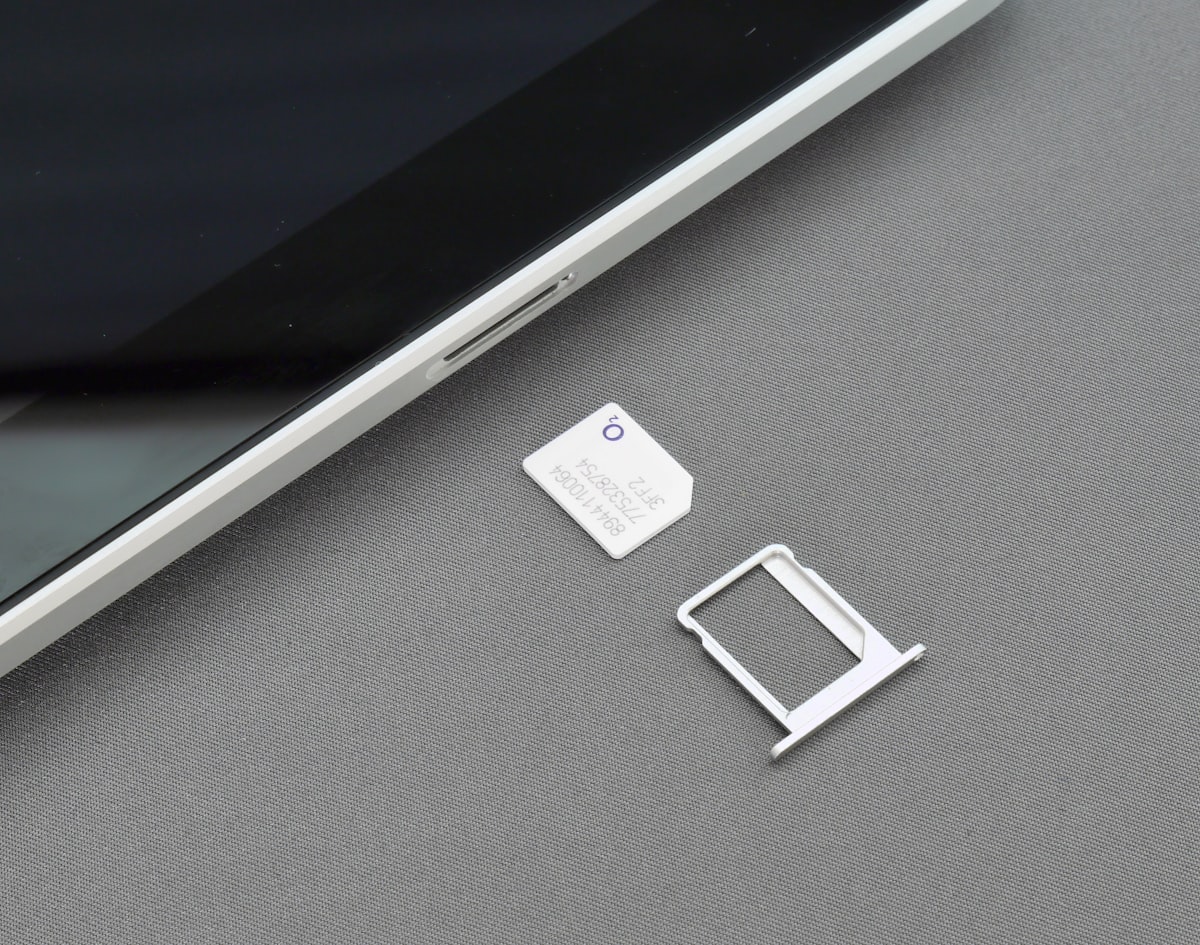Part 1: Essentials: eSIM Profiles, chip, and Dual-SIM function

You probably already know that eSIM is a mobile connection that can be simply downloaded to your phone, without needing to procure and install a traditional SIM card. In this article we will address some of the main differences between eSIM and traditional physical SIM.
eSIM Profile vs. eSIM Chip
Profile: A way for your device to identify with mobile networks. It contains essential technical information such as ICCID, IMSI, MSISDN, etc. This enables eSIMs to connect to a mobile network. This is what you get when you purchase a prepaid data plans from Mobimatter eSIM Store or elsewhere.
Chip: This is a IC chip that is inside your device, and stores all Profile information. This is analogous to the physical SIM chip you are familiar with, but it is embedded inside your phone's circuitry. (therefore it is named eSIM - 'embedded SIM'). (therefore it is named eSIM - 'embedded SIM').
For a device to be able to use eSIM profiles, it must have an eSIM chip in it - this is why not all phones, tablets or other devices support this functionality.
Storing Multiple eSIM Profiles at the same time
A major advantage of an embedded SIM chip vs traditional SIM card is its ability to store multiple SIM profiles (i.e, mobile connections) and allows users to select which a mobile connection with a few taps. You can make an analogy with a wallet where you store various SIM cards - but without having to carry these around or the hassle of removing and inserting these in and out of your phone.

How many eSIMs can be stored at the same time?
The exact number of profiles that can be stored remains a mystery. It is said to vary by device, but even device manufacturers often don't publish concrete information on the subject. We have stored 18 profiles on our Google Pixel phone, and we haven't reached the limit.
It is safe to say that any eSIM capable phone should be able storing 8-10 profiles at least – which is more than enough for most use cases. If the upper limit of the chip storage is reached, some profiles must be deleted to open space for new ones.
For example, as a frequent travel (e.g. a pilot), you can save multiple eSIM profiles, eg. an eSIM for UK, an eSIM for France, a US eSIM and even a global eSIM. At anytime, you can easily switch between the eSIMs.
Dual SIM with eSIM – Using two Connections at the Same Time
Dual-SIM concept has been around since long time, and most Android devices allow its users to insert two physical SIM carts into their phone.
In Dual-SIM mode:
- Both connections are connected to networks in a parallel fashion.
- Either connection is assigned to use for mobile data
- Either connection can make and receive calls and SMS
iPhones have traditionally had a single-SIM slot, depriving them of the Dual-SIM advantages. The arrival of the eSIM finally enabled iPhone users to enjoy all benefits and convenience of Dual-SIM.

How would one enjoy these benefits?
There are many use cases for Dual-SIM with eSIM. The most widely used is one is while traveling abroad: a traveler can get a prepaid data plan from Mobimatter eSIM Store to connect to the visited country network, and keep his primary home connection active – thus making sure that important calls or SMS (such as banking OTP SMS) do not get missed.
This introduces two main benefits for travelers:
- You can get a travel data plans from local cellular operators at your destination, with ease and convenience of your own home.
- Getting local travel plans from a local operator usually means getting a better deal, while enjoying good connectivity.




